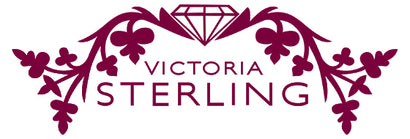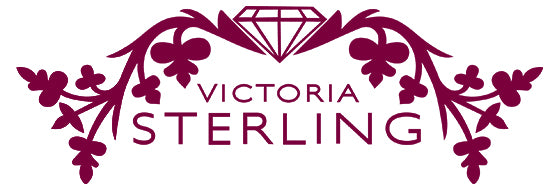Georgian
The Georgian period refers to a time of political upheaval between 1714 and 1837 during the reigns of four English kings named George.
Short necklaces were popular during the Georgian period, and some of the most desirable styles included dog collars (or chokers), rivieres, which had a row of diamonds or gemstones, and multiple cameos connected by rows of draped chain to form a necklace.
During the early Georgian period, diamonds were the most desirable stone, but colored stones, such as emeralds, rubies, and sapphires, were later brought back into popular fashion. Jewelers experimented with new gem cuts, the most popular being rose cut and table cut. One way to determine if a jewelry item is Georgian is by the mount: stones set in Georgian pieces often had enclosed backs and were set over a foil.
Jewelers created all Georgian jewelry by hand. To keep up with the rising demand for jewelry, reproduced copies of gemstones and a gold substitute known as pinchbeck became commonplace.
Memorial jewelry was common during this period, such as funereal scenes painted on ivory and jewelry made with a lock of hair from a loved one. People often wore miniature portraits of their loved ones on jewelry such as pendants and brooches, and Lover’s Eye lockets (lockets with a painting of an eye) were in vogue.


